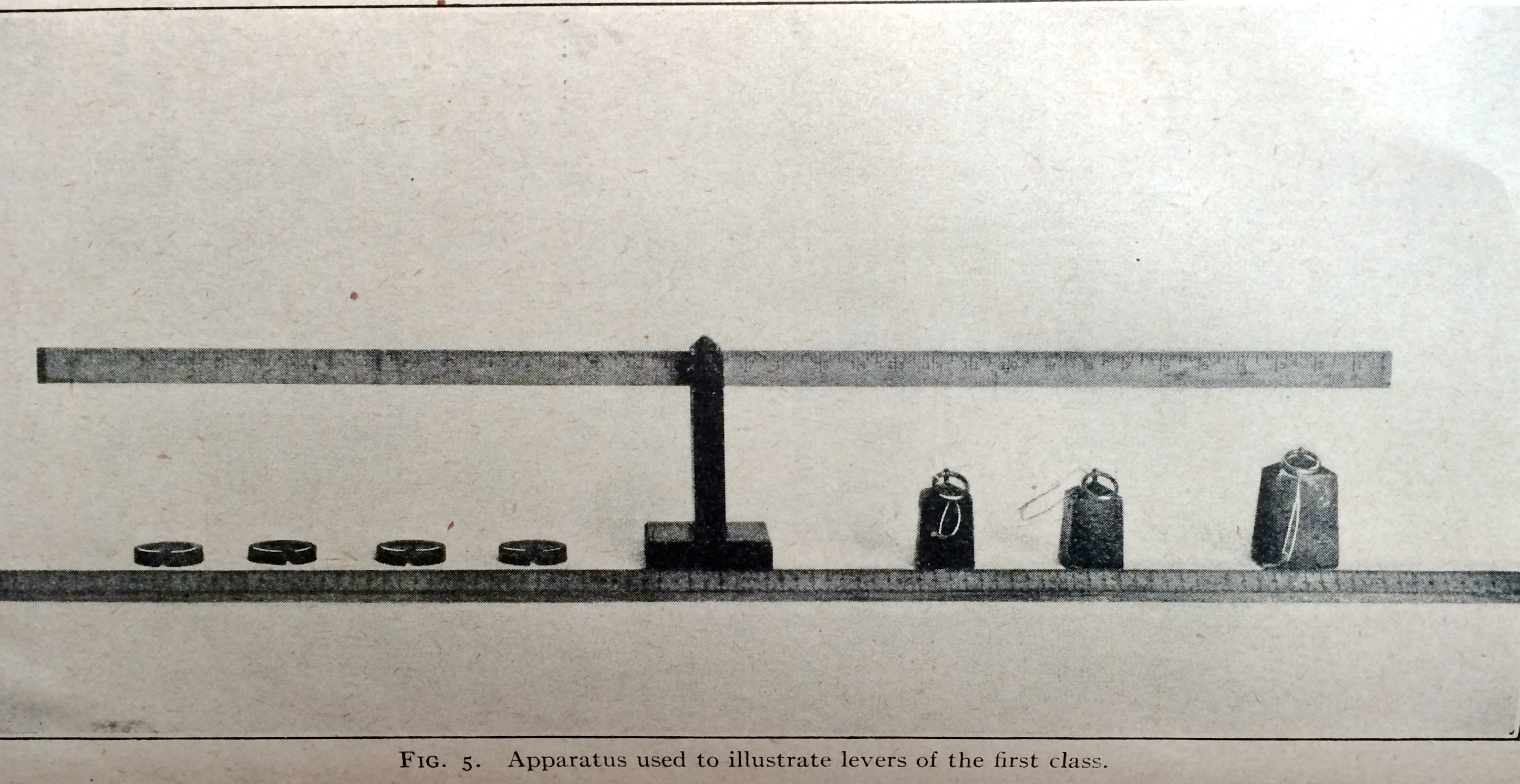A colleague of mine at UT invited me to peer into some locked bookshelves located in a conference room in the School of Human Ecology. The bookshelves, hidden from view by wood cabinets that line the perimeter of the room contain stacks of books, musty, and neglected for decades since the school renamed. During the 1980s, university administrators who were flummoxed by feminists scuttled Home Economics departments.
Within the wooden cabinets are stacks of books and magazines that once stood proudly on the bookshelves of the Home Economics Department. Now the books lie in disheveled stacks enshrouded in a past of denial and self-deprecation. Most have names of students or faculty inscribed on their flyleaves. Many reveal a past that believed that students should know how to cook, make and repair everyday tools, and operate within a world that assumed personal responsibility as a life skill.
Looking up from your latest attempt to make artisanal bread, you note that those books sound like something you’d like to read. Some of the books are about topics that would be familiar and celebrated by admirers of Michael Pollan, David Chang, Mark Bittman, or Marion Nestle. Authors that wrote about food science, chemistry, and the science of nutrition could have been muses to modern day molecular gastronomists such as Heston Blumenthal, Nathan Myhrvold, and Homaro Cantu. UT’s hidden books should come out of the closet, and so should all former home economics departments, all the while declaring their new, informed, purpose, more relevant than ever before.
Take for example, this randomly chosen title, “A Laboratory Course in Physics of the Household,” written by Dr. Carleton John Lynde, a professor of physics. Published in 1919, the book was for high school students preparing for their College Entrance Board exams. The author points out that his book contains experiments and exercises, essentially a book of physics principles along with experiential learning activities. He also points out that any kitchen would serve as an adequate physics laboratory, equipped with standard weights and measures, both metric and non-metric. Sure it’s a guy writing for gals, but consider the times: Before 1920, American women did not even have the right to vote.
But they were considered capable of understanding the principles of physics, a subject that is dismissed by many women today and few persevere to teach physics. Barely 20% of all doctorates in physics are given to women our government has to develop programs such as STEM to encourage women to consider science as a course of study. My Lynde’s book makes no apologies for his readers and covers into the principles of physics in 135 pages.
The book is divided into the common categories of physics: Mechanics, Heat, Electricity and Magnetism, Light, and Sound. You can see from this photo, that a reader learns about the principle of levers by making a fulcrum made with a yard stick and several weights made out of cotton bags filled with sand or shot. ( Shot wouldn’t be something you’d find in a book today…..) The reader becomes familiar with the scientific method and the careful processes required to create an experiment. In setting up the experiment, the reader is encouraged to write down the results that he or she expected and later has the opportunity to compare what actually occurred with the imagined results. I wonder how many of us think in such constructive ways, allowing for imagined outcomes and then taking the time to carefully learn from the real outcomes of any endeavor we may undertake.
The author says, “You will get a great deal of pleasure out of this work a home because you will find it very exhilarating to make experiments of your own; you will get a great deal of profit also because when you have planned and made experiments of your own on a given subject, you will find that you know it in a way you never could simply by making the experiments in school.” The promise of exhilaration, pleasure, and satisfaction rolled into a description of an experiment about levers has never been so richly described.
By the eleventh experiment, you learn about Boyle’s Law by setting up experiments that use a fire extinguisher and a vacuum cleaner. Boyle’s Law explains how the volume of gas varies inversely as the pressure on it. The fire extinguisher comes in handy as an illustration of how the contents behave under pressure and the vacuum cleaner is a rough example of how air pressure creates a vacuum.
This book is only one of many chestnuts rumbling around in those wooden cabinets in the School of Human Ecology. Perhaps it’s time to shine some sunlight on their covers, and recognize how science education, minus initiatives such as STEM, was reaching women, even if still relegated to their kitchen laboratories. Aren’t Michael Pollan and others making the same call to experiment by making things, even promising “exhilaration” in much the same way as Prof. Lynde in 1919? So let the efflorescence of Home Economics begin throughout our education landscape. Let’s take Home Ec back, men and women, making stuff, while learning about science and engineering along the way.